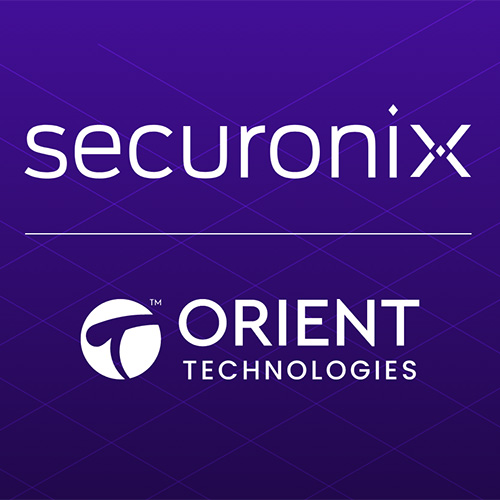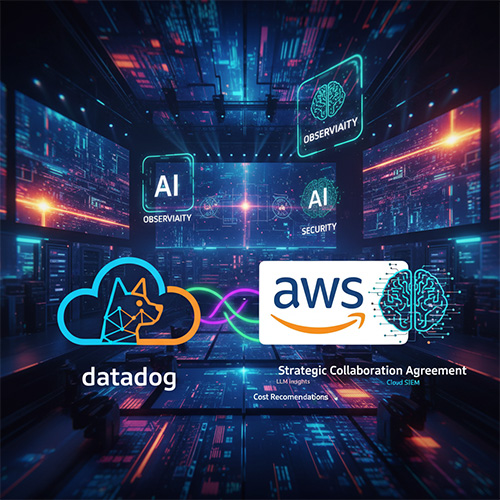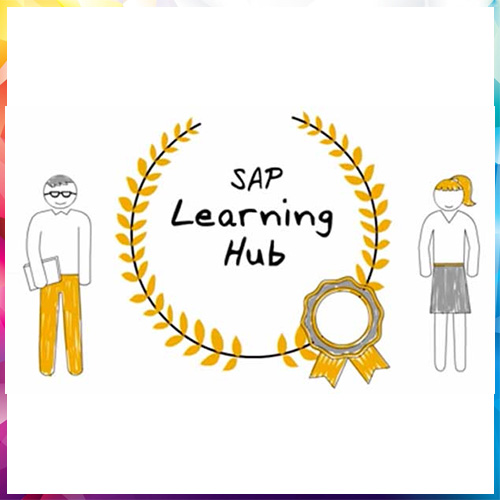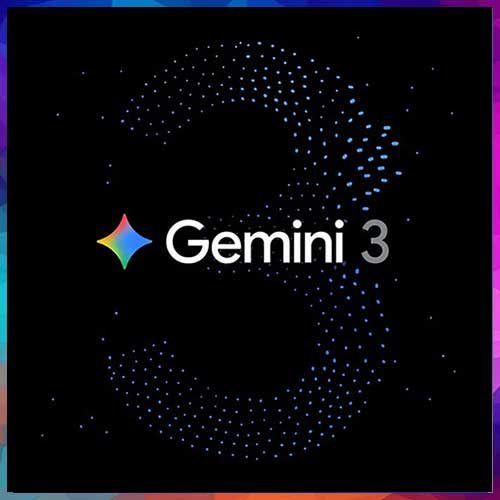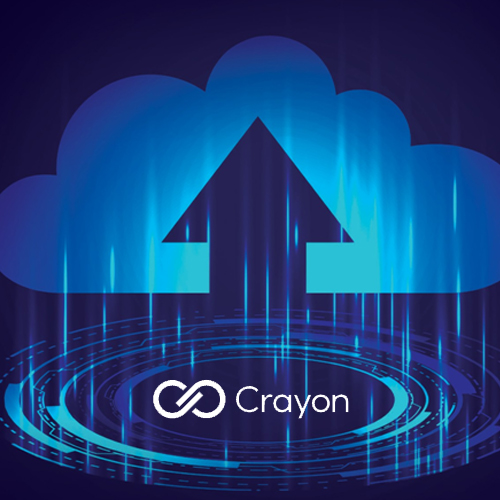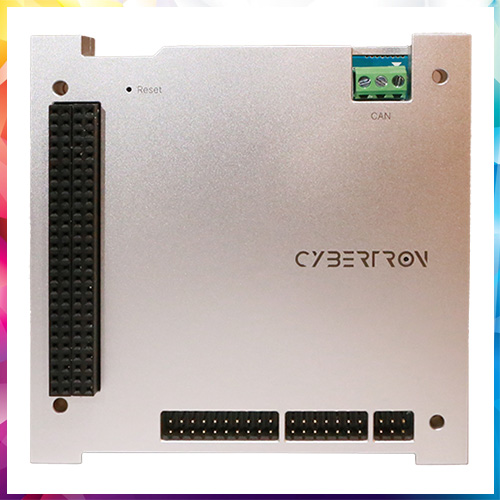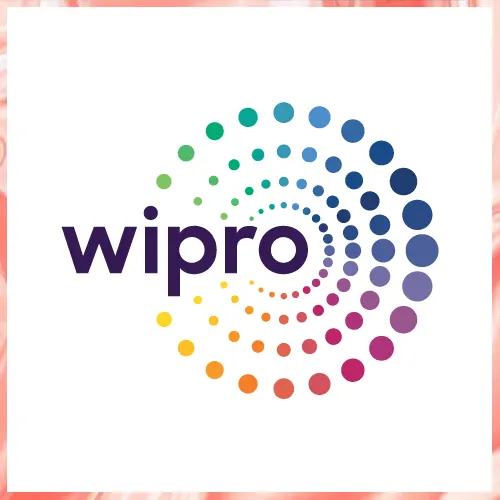
Cisco advances its vision for intelligent, autonomous systems with new AI-powered innovations across the Splunk platform, including federated analytics, machine data management, security enhancements, and key Snowflake integrations to power agentic AI at scale
Cisco has unveiled a powerful suite of AI-driven innovations aimed at unifying enterprise data, streamlining cybersecurity, and enhancing observability across digital ecosystems. From federated analytics and machine data management to agentic AI for threat response, these launches reinforce Cisco’s growing ambition to lead in the era of intelligent, autonomous systems.
Central to the announcement is Cisco’s vision of agentic AI — AI systems that don’t just assist, but actively analyze, learn, and take action. The updates span across Cisco’s Splunk platform, including key integrations with Snowflake, new security offerings, and a purpose-built data architecture to power AI applications at scale.
Seamless Data Federation: Splunk Meets Snowflake
Cisco introduced Splunk Federated Search for Snowflake, an integration that allows users to query Snowflake data directly from the Splunk interface. By combining operational and business data into a single analytics view, enterprises can eliminate silos and gain faster, more meaningful insights.
Kamal Hathi, SVP and GM of Splunk at Cisco, described the move as a step toward a more open ecosystem. “Together with Snowflake, we’re helping organizations break down barriers to insight — accelerating innovation, decision-making, and customer value,” he said.
The integration enables analysts to run SPL-like queries on Snowflake, join them with Splunk data, and visualize the results without moving or duplicating datasets. For enterprises managing both cloud-native and legacy systems, this brings unmatched flexibility and visibility.
Cisco Data Fabric: Making Machine Data AI-Ready
Cisco also introduced the Cisco Data Fabric, a transformative new architecture that helps organizations unlock the value of vast streams of machine data — the logs, metrics, and telemetry generated by modern digital systems.
With native support for edge filtering, AI-powered federation, and cross-domain analysis, the Data Fabric reduces the cost and complexity of managing machine data across cloud, edge, and on-prem environments.
Key features include:
· Real-time federated querying across data lakes like Amazon S3, Apache Iceberg, Delta Lake, and Snowflake.
· Splunk Machine Data Lake: An AI-ready repository for training models and running enterprise-scale analytics.
· Time Series Foundation Model (coming soon): Designed for pattern detection, forecasting, and anomaly detection in telemetry data.
· Cisco AI Canvas: A collaborative workspace for teams and AI agents to build, investigate, and act on data in real time.
“Machine data has always held the key to enterprise resilience and agility,” said Jeetu Patel, Cisco’s Chief Product Officer. “With the Data Fabric, we’re giving enterprises the infrastructure to put that data to work through AI.”
Smarter Observability with AI Troubleshooting Agents
To help organizations proactively manage digital experiences, Cisco announced major updates to Splunk Observability, embedding AI agents that can detect, diagnose, and resolve issues with minimal human input.
The new AI Troubleshooting Agents automatically analyze incidents, identify root causes, and suggest remediations — dramatically reducing time to resolution for ITOps and DevOps teams.
Other enhancements include:
· Event iQ for alert noise reduction through intelligent correlation.
· Episode Summarization in ITSI, offering real-time snapshots of clustered incidents and their business impact.
· AI Monitoring for LLMs and AI Infrastructure, helping organizations track performance, cost, and security of AI deployments.
According to Patrick Lin, SVP of Splunk Observability, “As applications are increasingly built with and for AI, we need observability that goes beyond dashboards. These updates give teams the confidence and clarity to scale responsibly.”
Next-Gen Security: AI-Powered, Agentic SOCs
Cisco is also reimagining the Security Operations Center (SOC) with the launch of Splunk Enterprise Security Essentials and Premier editions — both infused with agentic AI to improve visibility, speed, and context across threat detection and response.
New tools include:
· Triage Agent: Automates alert evaluation and explanation, especially in hard-to-detect cases.
· Malware Reversal Agent: Dissects malicious scripts line-by-line and flags patterns.
· AI Playbook Authoring: Converts natural-language instructions into functional SOAR playbooks.
· Personalized Detection SPL Generator: Automatically adjusts detection rules to each SOC’s environment.
· Response Importer: Translates SOPs into AI-executable actions.
Mike Horn, SVP and GM of Splunk Security, said the updates shift the SOC from reactive to proactive. “Adversaries are using AI — defenders must too. With our agentic approach, security teams can focus on strategy while AI handles the noise.”
Analysts at IDC praised the move. “Unifying threat detection and response into a single platform dramatically improves efficiency,” said Michelle Abraham, Research Director for Security & Trust.
The Agentic Era: Where AI Collaborates and Acts
Across its announcements, Cisco is positioning itself as the infrastructure backbone for the AI-native enterprise — one where autonomous agents help humans analyze data, respond to incidents, and optimize systems in real time.
By integrating data, observability, and security through agentic AI, Cisco is providing a unified, scalable framework for digital resilience and innovation.
As Torsten Volk of Enterprise Strategy Group noted, “These capabilities are critical as enterprises look to scale AI in a controlled and reliable manner.”
With new tools already rolling out and more arriving through 2026, Cisco is setting the foundation for a new era — where AI not only powers applications, but helps run the enterprise itself.
See What’s Next in Tech With the Fast Forward Newsletter
Tweets From @varindiamag
Nothing to see here - yet
When they Tweet, their Tweets will show up here.






